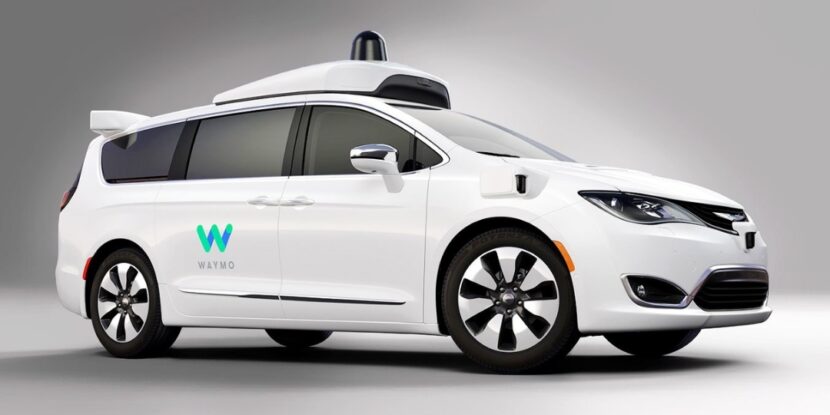Alphabet Inc. subsidiary Waymo is facing a federal investigation over safety issues in its self-driving robotaxis. These autonomous vehicles utilize advanced technologies to navigate without human drivers. However, the safety of these vehicles has come under question following more than 20 accidents, including incidents involving bicyclists and pedestrians.
Waymo operates self-driving taxis in San Francisco, Los Angeles, and Phoenix, with planned expansions into Austin, Texas. However, the National Highway Traffic Safety Administration (NHTSA) has initiated an investigation to evaluate the compliance of Waymo’s systems with traffic regulations and overall safety performance.
This investigation could have broader implications for the self-driving car industry. It might address wider safety and reliability concerns, which remain prevalent among the general public. In fact, a significant portion of the U.S. population — approximately 75 percent — supports Congressional intervention to halt the proliferation of self-driving vehicles.
Self-driving cars operate through a combination of sensors, perception systems, decision-making algorithms, and controls. They utilize cameras, lidar, radar, and ultrasonic sensors to gather environmental data, which is processed to identify objects, determine the vehicle’s location, and plan routes. Decision-making algorithms then navigate the vehicle safely by planning paths, predicting the behavior of other road users, and assessing risks. The car’s movements are controlled through actuators that manage steering, acceleration, and braking.
The current investigation into Waymo may influence public perceptions and regulatory approaches towards self-driving technology. It underscores the concerns regarding the readiness of these vehicles for widespread use. While self-driving cars aim to reduce human error, their technology is not foolproof and can lead to accidents. Elon Musk’s Tesla is currently also facing a federal investigation for misleading the public about its vehicles’ “autopilot” feature.



















